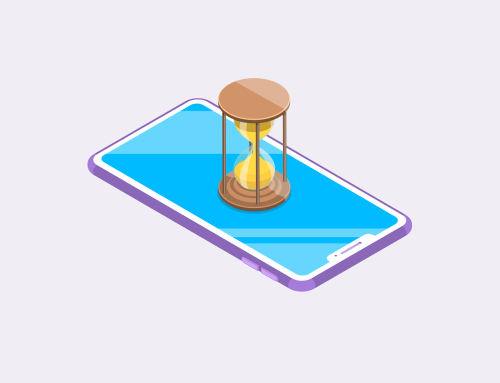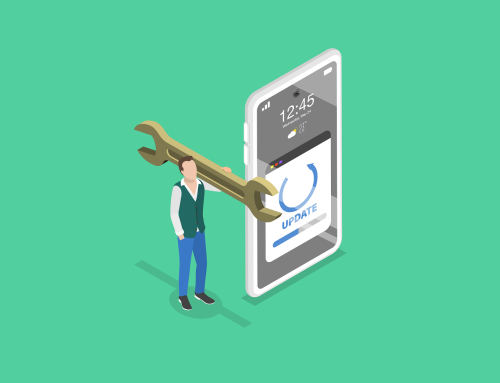Web App vs Native Mobile App
When developing an application, organisations need to consider which approach is more appropriate to meet their requirements. Web apps and native apps are two different approaches to developing applications but share many similarities.
A native mobile app is a software application specifically developed for use on a particular platform or device. These apps are typically downloaded via an app store.
A web app, short for web application, is a software application that is accessed and used through a web browser over the internet. Unlike native apps, which are installed directly onto a device, web apps are typically stored on remote servers and accessed through a web browser interface.
Discussed below are the advantages and disadvantages of both web apps and native mobile apps.
Pros of web apps
Cross-Platform Compatibility
Web applications are inherently more compatible with different mediums and devices due to their accessibility through web browsers.
Users can easily access the web app from desktops, laptops, tablets, and smartphones without needing to download and install separate versions for different platforms.
Easier Distribution
A web app is accessible via the browser, meaning no download is needed. This means bypassing the platform’s app store and conditions that come with it. By simply sharing the URL the web app can become accessible.
Easier Updates
Web apps are centrally hosted on servers, allowing developers to deploy updates quickly and seamlessly. Users can access the latest version of the app without needing to download or install the updates manually.
Search Engine Optimisation
As the web app is available through browsers it can offer search engine visibility as they can be indexed and ranked in search results. This often helps attract new users to the app organically.
Cons of web apps
Limited Device Features
Web apps often have limited access to device features such as push notifications, camera or GPS compared to native apps. Progressive web apps (which can be installed on a device) are improving access to device features. However, there are still some limitations compared to native development.
Fewer Offline Capabilities
Due to the nature of web apps being accessed through a web browser, the offline capabilities are limited meaning many features won’t work without an internet connection.
Dependency on Browser
A web app’s functionality is tied to the web browser’s functionality. As you don’t have the power to add or remove features from a third-party browser, this means your app is subject to compatibility issues.
Less Integration
Web apps may lack seamless integration with the underlying platform ecosystem, regardless of device, especially compared to native apps. This can result in a less cohesive user experience and limited access to platform-specific features and functionalities.
Pros of native mobile apps
Better Performance
Native apps are developed specifically for a particular platform using platform-specific programming languages. This includes Swift for iOS or Java/Kotlin for Android devices.
This specific programming approach allows them to take full advantage of the device’s hardware and software capabilities.
Native applications tend to have smoother animations and fast response times.
Access to Device Features
Native apps have full access to device APIs (once permissions are granted), allowing developers to create a more feature-rich and immersive user experience. Device features such as the camera, GPS, accelerometer, gyroscope, push notifications perform far better on native applications.
App Store Distribution
Native apps are typically distributed through app stores such as the Apple App Store and Google Play Store. App stores allow for users to discover, download, and install apps, which can significantly enhance app visibility and reach.
Offline Capabilities
Unlike web apps, native apps can store data locally on the device, allowing users to access certain features and content even when they are offline or in areas with poor network connectivity.
Cons of native mobile apps
Reliance on App Stores
Native apps must undergo the app store approval process before they can be published on platforms like the Apple App Store or Google Play Store.
This can be time-consuming and may result in delays in app deployment, especially if the app fails to meet certain quality or security standards.
More Complex Development
Developing separate apps for different platforms may be necessary to reach a broader audience, but this increases development and maintenance costs over time. Similarly, native apps require expertise in platform-specific programming languages and frameworks for both initial development and maintenance.
Longer Update Cycle
Maintaining separate codebases for different platforms requires additional effort to ensure that updates and bug fixes are applied consistently across all versions of the app.
In circumstances where there’s a large budget available for a development project, an organisation may opt to adopt both a web app and native app. Many organisations need to carefully decide which app type meets the requirements of both their customers and employees.
Are you preparing to alter your tech stack in 2024? If so, contact us today on +353 1 8041298, or click on the link below to our contact form.
CONTACT US TODAY!
Get in contact today to see how Dataconversion can help you improve your customer experience & accelerate business performance.









